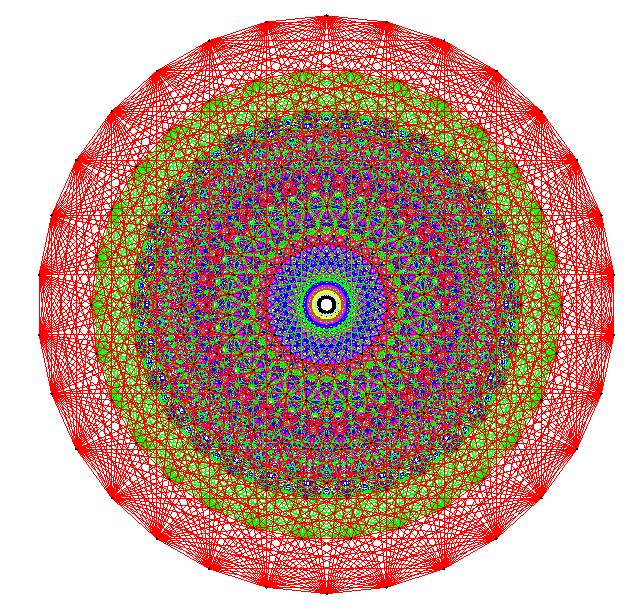Concerning the idea of groupoidification, which you say involves replacing vector spaces by groupoids and linear maps by spans of groupoids:
spans in some category (like ) form themselves a weak 2-category.
Spans in some 2-category (like ) should form themselves even a weak 3-category.
For instance, monads in spans in groupoids are nothing but double groupoids, I think.
So it would seem that replacing by is actually an act of categorifying twice – unless you want to divide out isomorphisms.
Actually, I am not sure yet that I understand what the special role of groupoids is in this program: why not consider replacing linear maps by spans in arbitrary (finite, probably) categories?
You motivate groupoids as the categorification of non-negative rational numbers, like sets categorify natural numbers.
But we have learned from Tom Leinster that general finite categories generalize this even to possibly negative rational numbers. So if I wanted to categorify a matrix with arbitrary rational entries, I would think of considering spans in finite categories, instead of just in groupoids.
Or not? Why not?
By the way, what I find very inspiring here is this:
over at our discussion of the canonical 1-particle I complained about how it is not clear to me precisely what 2-category should replace when we think of the 1-particle as coupled to a vector bundle with connection, but keeping in mind that the corresponding parallel transport should be a pseudofunctor, such that its sections are functors, such that they are subject to Tom’s theorem.
I was thinking about replacing with the 2-category . But maybe I should think of replacing it just with .
That would actually nicely harmonize with the fact that the quantum theory obtained from that also involves spans for expressing its linear maps.
That’s something to think about.



Re: This Week’s Finds in Mathematical Physics (Week 247)
I am really excited by the “Tale of Groupoidification”. Can’t wait for the next TWF!